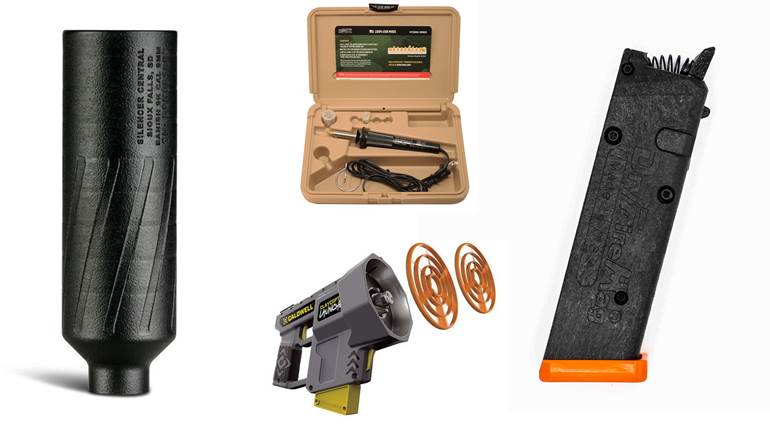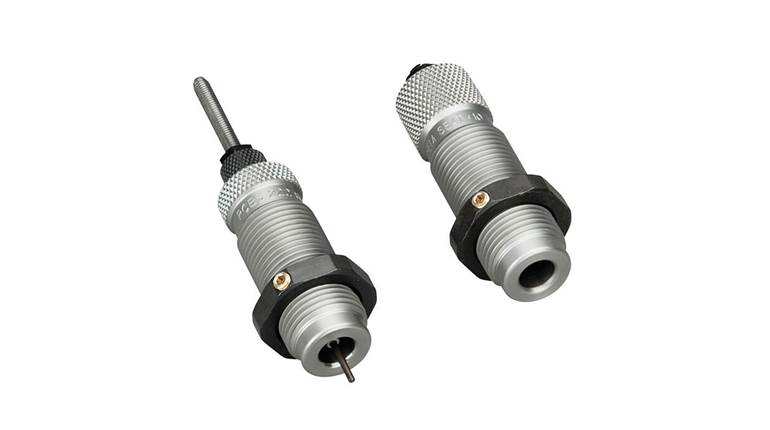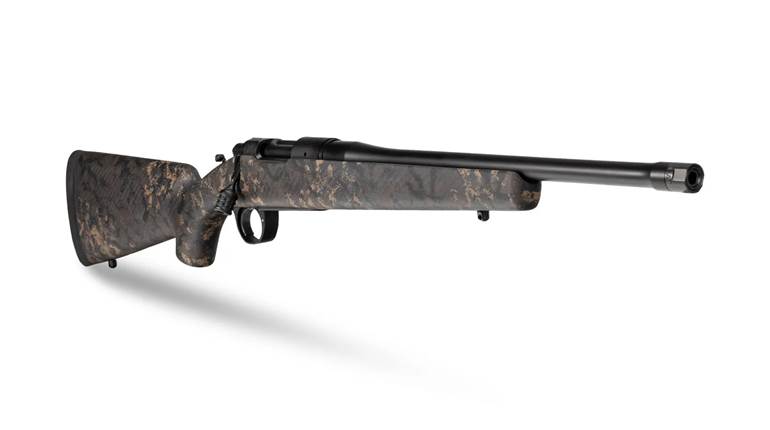
Few items can be as important to shooters, hunters and handloaders as a chronograph. Yet it seems that a minority of those enthusiasts have one. Consider this: Without knowing a load’s velocity from a given firearm, you cannot accurately determine trajectory, drift, energy, and ultimately, downrange performance.
If there has been a limitation on individuals owning a chronograph it has been price. The new AmmoMaster from RCBS is an affordable, effective option for those who want to know what their firearm/ammunition combination is really doing.
The $155 AmmoMaster is self-contained, meaning that all of its components, from screens and cords to diffusers and accompanying support arms, are held within the unit’s hollow cavity. The display/keypad unit detaches for use. This, coupled with the unit’s dimensions 25 3/4 by 15 5⁄8 inches—and its 4-pound, 2-ounce weight, makes for convenient transport.
Setup of the AmmoMaster is quick and easy. With the body affixed to a standard camera tripod, the two screens are placed in the corresponding slots in the body. Next, the four diffuser supports are connected—one to each side—to the screens, then, following the numerical patterns on the diffuser sections, the two diffusers are assembled and connected atop the supports. The display is then detached and the two 20-foot-long-cord ends from the screens are inserted into the corresponding slots—start and stop—in the display/keypad, and a single 9-volt battery is connected on the backside of the keypad unit.
The AmmoMaster requires a minimum distance of 10 feet from the muzzle for most firearms; however, magnum chamberings and larger calibers might require even greater distances. Although the unit has an 86-sq.-in. shooting area, the ideal projectile path is 4 inches above the bottom of the screens’ profile. As such, the shooter must be cognizant of the projectile’s path in relation to the line of sight when using an optic—typically 1.5 inches—or certain iron sight configurations, such as those found on AR-15s. When using a shotgun, one must take into account the pattern spread. In fact, RCBS recommends removing the side supports and diffusers when using a shotgun for this very reason. Fortunately, the company sells replacement parts. For use indoors, incandescent lighting is required.
The unit can measure velocities in feet/second (50 fps to 7,000 fps) and meters/second, and the user can add—via shooting—or delete data from current and past strings through the “Edit String” function. All memory can be removed if so desired. The AmmoMaster has a 100-shot memory, consisting of 10 strings of 10 shots each. Although velocity is displayed after each shot, at any time a string’s specifications can be viewed through the “Stats” feature. In this mode the shooter can scroll through high, low and average velocities, as well as extreme spread and standard deviation. By selecting “Enter/New String,” the shooter can begin a new string without deleting the previous string’s data.
Because of the varied outside venues American Rifleman staff uses to test products for these pages, an RCBS AmmoMaster sent for evaluation has proven itself indispensable. For months now the unit has performed without issue, and its small, easily transported size has endeared it to the editors.
Contact: RCBS; (800) 533-5000; www.rcbs.com.






































